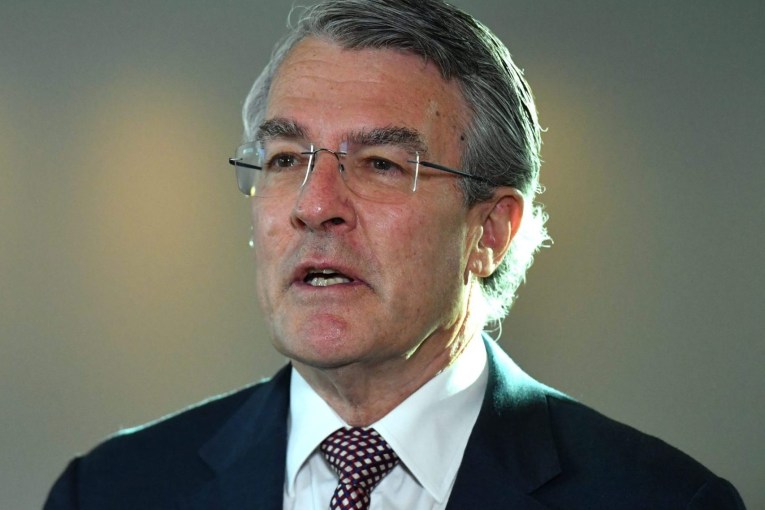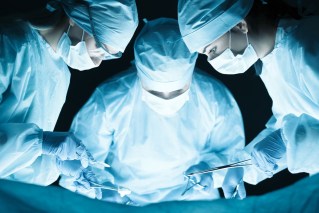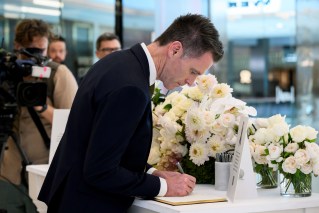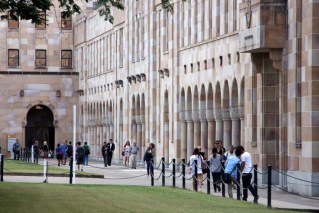AMA urges leaders to ‘release handbrake slowly’ to avoid second wave
Australia’s leaders have been urged not to release the handbrake on coronavirus restrictions too quickly, to avoid a potentially disastrous second infection wave.
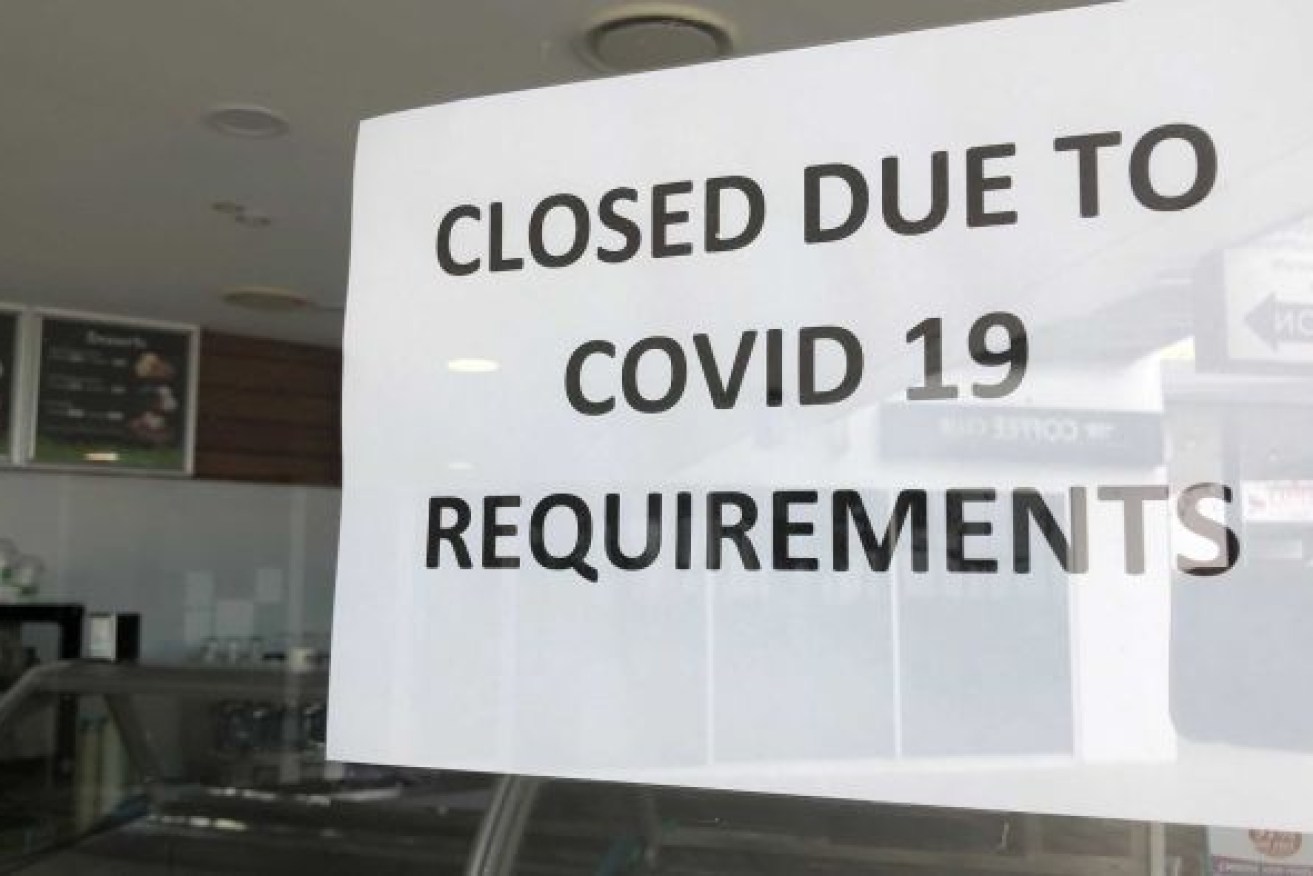
Lockdowns have severely impacted consumer confidence (Photo: ABC)
State and federal leaders will decide what rules are to be eased on Friday at a crucial national cabinet meeting.
Deputy Chief Medical Officer Paul Kelly said restrictions would be gradually eased rather than a wholesale return to life before the pandemic.
“Some things will open – others will not,” he told reporters in Canberra.
“It will be scaled so that risk of increasing the number of cases is minimised while giving the maximum benefit to the economy and to normalisation of society.”
The ACT will stagger sending public school students back to classrooms over the next four weeks.
Select year levels will begin returning from May 18 before all students are back by June.
Canberra’s non-government schools are expected to set a similar timeline.
Adults on campus will still be expected to follow social distancing measures, with the schools to undergo deep cleaning before students return.
Australian Medical Association president Dr Tony Bartone is warning national cabinet not to feel pressured into lifting restrictions.
“Friday’s meeting should continue to apply medical evidence when putting the health of all Australians first,” he said.
He said reinstating isolation measures after a second wave of infections would be worse for health outcomes and the economy than a cautious relaxation.
“People should not get their hopes up too high at this stage, because rushing to get things back to normal, without caution and safeguards, risks a huge setback for everyone,” Bartone said.
There have been 6875 cases of coronavirus in Australia, with 5984 people recovered.
The death toll is 97 with 16 lives claimed at western Sydney nursing home Newmarch House, which faced regulatory action on Wednesday.
A cluster at a Melbourne abattoir is behind 49 cases, while the national infection rate had its highest increase for more than two weeks on Wednesday when 26 diagnoses were reported.
The effective reproduction number, which measures the ability of the virus to spread, will need to remain below one for eased restrictions to remain in place.
That means an infected person on average passed the disease on to less than one other.
Keeping the growth of infections low and demonstrating an ability to stay on top of outbreaks are other crucial factors.
“As we look to open up society we will expect to see other outbreaks and the important thing is that we will need to be able to get on top of them quickly,” Kelly said.
More than 5.1 million people have downloaded and registered for the Government’s coronavirus tracing app.
